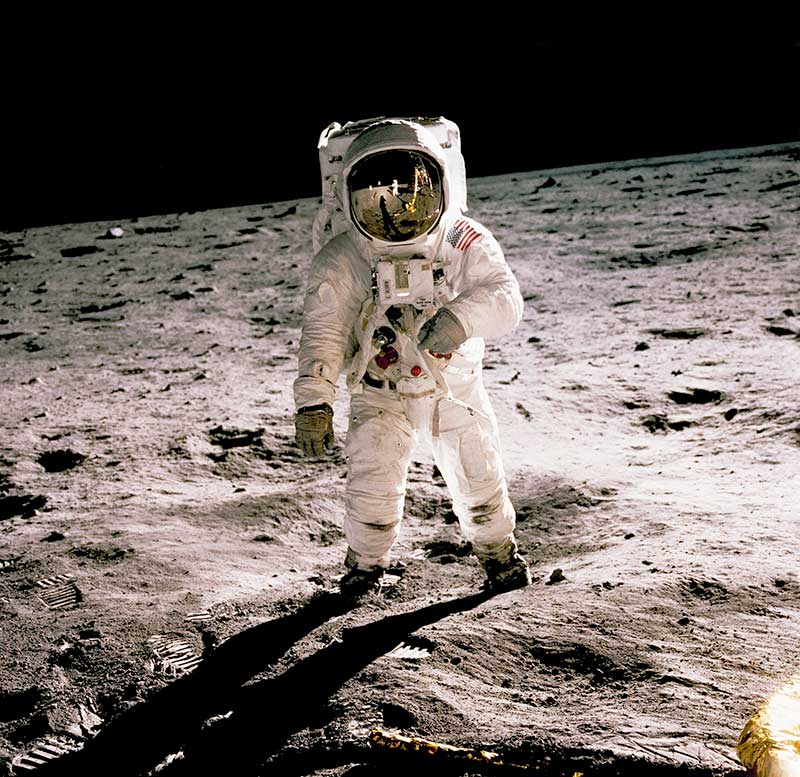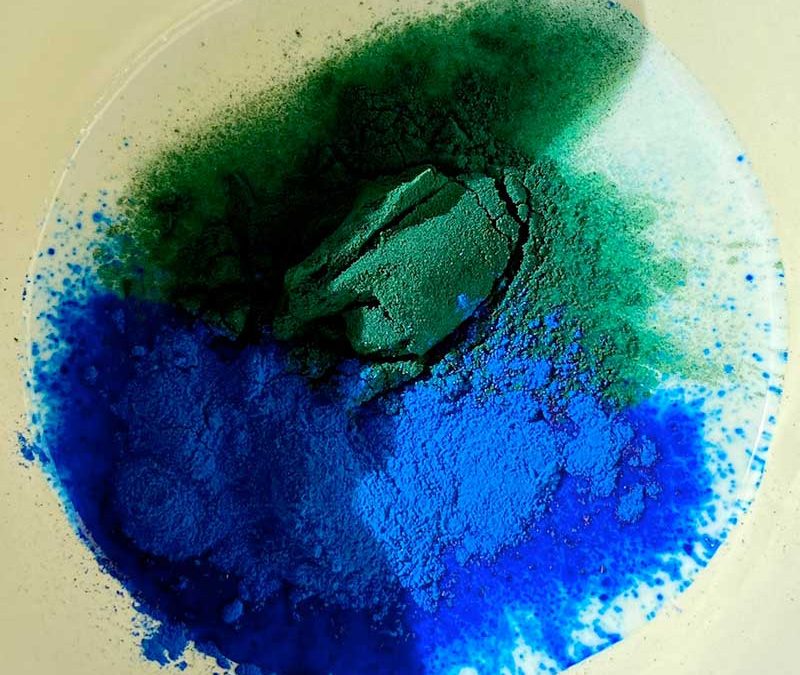No, I’m not referring to Captain JJ’s favourite rugby team! (South Africa’s Springboks, of course ;-)) The answer to my little puzzle is in fact a small, but mighty, algae known as spirulina. Green in colour, it is pure gold for your immune system. Taken on a regular basis, spirulina provides a natural way in which to boost your energy, thanks to its wealth of proteins, vitamins and minerals.

But just what is this superfood that has created such a buzz among wellness experts, and where does it come from?
Microscopic and spiral-shaped, spirulina is a so-called cyanobacteria, a division of bacteria capable of harvesting energy through photosynthesis. In the wild, spirulina grows in alkaline, mineral-rich lakes or ponds. It thrives in warm environments and at a pH of between 8 – 11, which is generally too salty to sustain other forms of microorganisms.
Algae… a breath of fresh air
Early references to spirulina as a food source can be traced back to the 9th century Kanem Empire, to a region nowadays known as Chad. Harvested by women of the Kanembu tribe, on the edges of Lake Chad, the algae was traditionally dried into cakes and then cut into small squares called dihé. This practise still continues today.
However, spirulina dates back much further still. Indeed, it came into being some 3.5 billion years ago and was one of the first photosynthetic forms of life on Earth. Spirulina was able to thrive in that early, hostile environment, since it absorbed the carbon dioxide from the atmosphere and converted it into oxygen. Thanks to this production of oxygen, it can be considered an important resource for human life – literally contributing to the air that we breathe. It is estimated that 90% of the oxygen on Earth today (some 330 billion tons) originates from algae.

Bursting with nutrients
By means of photosynthesis, spirulina transforms the sun’s energy into vital nutrients, including protein, fatty acids and carbohydrates. Spirulina comprises more than 100 nutrients. Dried spirulina contains around 60 to 70 percent protein, providing all the essential amino acids required for a healthy body, making it an especially good option for vegans and vegetarians. (Amino acids are typically found in animal proteins). It is also highly rich in vitamins A, D, K and B-group vitamins, essential fatty acids (Omega 3 and 6) and minerals (iron, sodium, magnesium, manganese, calcium, iodine and potassium), among other nutrients.
Although appearing to be green at first glance, the algae is actually blue-green in colour. Its green colour is derived from chlorophyll, while its blue colour results from a light-absorbing complex known as phycocyanin. The latter is of great interest on account of its anti-inflammatory and antioxidant properties. Phycocyanin has been shown to increase the level of red blood cells, boost the immune system and protect the liver, as well as exhibiting anti-cancer properties. When extracted from spirulina and taken as a food supplement in its own right, the brilliant blue pigment emulates the effects of EPO (erythropoietin).
This hormone, naturally secreted by the kidney and produced in the liver, is activated in response to a low oxygen content in the cells. As a result, the bone marrow generates more red blood cells in order to carry oxygen throughout the body. Phycocyanin has the ability to mirror this effect, resulting in increased levels of energy in those who take it. Although contained within spirulina, athletes and individuals requiring an extra boost for their health might consider taking phycocyanin extract as an additional supplement.
Spirulina enters the Space Age
The health benefits of spirulina have been recognised by many highly-reputed organisations. UNESCO has called it “the most ideal and complete food for tomorrow”. WHO views it as “The best food for the 21st century”, while the FDA has acknowledged it as “one of the best sources of protein.” What’s more, NASA has even conducted studies on spirulina as a suitable food for its astronauts on missions in outer space, thanks to it containing a wealth of nutrients without taking up much volume. By way of an example, NASA found that 1kg of spirulina equated to 1,000 kg of assorted vegetables!

Nowadays, spirulina is available in many forms, i.e. powder, liquid and capsule, and is often added to foods such as smoothies. (Admittedly, it’s an acquired taste when taken on its own). However, irrespective of the form in which your spirulina comes, it is essential to only consume spirulina that has been harvested by a trusted source. Spirulina is known to absorb heavy metals and toxins from its environment.
It is able to do so thanks to its soft cell walls. This characteristic makes it a powerful supplement to use when you wish to undertake a detox, since spirulina absorbs toxins from the body. These toxins are, in turn, eliminated via the digestion process. However, if harvested in a polluted environment, you could find yourself ingesting additional heavy metals and toxins along with the spirulina, resulting in excess levels of lead, mercury and cadmium in your body. Naturally, this could be extremely detrimental to your health.
Where to buy spirulina
We recommend Spirulina produced by a company called Xelliss. This company has a developed a state-of-the art, patented photobioreactor technology, ensuring that its spirulina is cultivated in a sterile environment and resulting in a consistently high-grade product. For anyone wishing to know more, you can send a mail to Jean-Jacques via the website :
or access Xelliss directly via the following link
Have you had your dose of spirulina today?!
P.S. We like to add spirulina and/or phycocyanin to our homemade kefir. Those who have signed up to our newsletter will soon receive a step-by-step guide to making kefir, along with further information about the importance of a healthy gut!

Heather Whitehall-Trochon
Jean-Jacques’ ‘co-pilot’ in life is his British-born wife, Heather. In addition to working as a translator of German and French into English, she is also the ghostwriter of Jean-Jacques’ memoir Flying Against the Odds. A lover of languages, Heather is equally passionate about travel, vintage clothing and cold water swimming…

